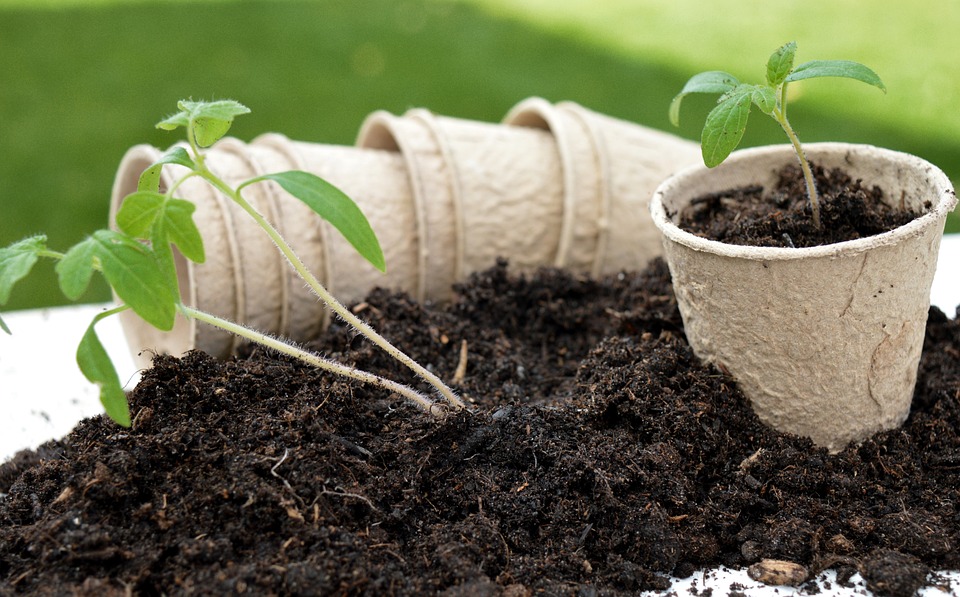Creating an Oasis: The Art of Indoor Garden Design
Indoor garden design is a rapidly growing trend that allows individuals to bring a touch of nature into their homes. Creating an oasis within your living space can provide numerous benefits, including improved air quality, reduced stress levels, and a visually appealing environment. Whether you have a green thumb or are new to gardening, there are endless possibilities for creating a beautiful indoor garden that suits your taste and lifestyle.
The Benefits of Indoor Gardens
Before delving into the art of indoor garden design, it’s important to understand the many benefits that indoor gardens can provide. Indoor plants have been shown to improve air quality by removing toxins and pollutants from the air. They also help to regulate humidity levels, reduce stress, and increase overall well-being.
Improved Air Quality
Indoor plants act as natural air purifiers, absorbing carbon dioxide and releasing oxygen through the process of photosynthesis. They can also remove toxins such as formaldehyde, benzene, and trichloroethylene from the air, creating a healthier indoor environment for you and your family.
Reduced Stress Levels
Studies have shown that spending time around plants and greenery can help to reduce stress and anxiety levels. The act of caring for plants and watching them grow can be therapeutic and calming, providing a sense of peace and tranquility in your home.
Visually Appealing Environment
An indoor garden can add a touch of beauty and elegance to any space, creating a visually appealing environment that enhances the overall aesthetic of your home. With a wide variety of plants and containers to choose from, you can customize your indoor garden to reflect your personal style and taste.
Getting Started with Indoor Garden Design
Creating an indoor garden is a fun and rewarding experience that allows you to express your creativity and connect with nature. Whether you have a spacious living room or a small apartment balcony, there are endless possibilities for designing an indoor garden that suits your space and lifestyle.
Assessing Your Space
Before diving into indoor garden design, take the time to assess your space and determine the best location for your plants. Consider factors such as natural light, temperature, and humidity levels to ensure that your plants will thrive in their new environment. Choose a mix of plants that require different levels of care and maintenance to create a diverse and resilient indoor garden.
Selecting Plants
When selecting plants for your indoor garden, consider factors such as light requirements, water needs, and size. Choose a variety of plants that complement each other and create a harmonious balance within your space. Popular indoor plants include succulents, ferns, pothos, and spider plants, which are easy to care for and visually appealing.
Choosing Containers
Containers play a crucial role in indoor garden design, as they not only hold your plants but also add to the overall aesthetic of your space. Choose containers that complement your plants and reflect your personal style, whether you prefer sleek and modern or rustic and vintage. Consider factors such as drainage holes, size, and material when selecting containers for your indoor garden.
Maintaining Your Indoor Garden
Once you have created your indoor garden, it’s important to maintain and care for your plants to ensure their health and longevity. Regular watering, pruning, and fertilizing are essential tasks that will help your plants thrive and continue to beautify your space.
Watering
Proper watering is essential for the health of your indoor plants, as both overwatering and underwatering can be detrimental. Check the moisture levels of your plants regularly and water them when the top inch of soil is dry to the touch. Use a watering can or spray bottle to water your plants gently and evenly, ensuring that they receive the right amount of moisture.
Pruning
Pruning is an important aspect of indoor garden maintenance, as it helps to promote healthy growth and prevent overcrowding. Remove dead or yellowing leaves, spent flowers, and leggy stems to encourage new growth and maintain the overall health of your plants. Use a pair of sharp scissors or pruning shears to trim your plants carefully, taking care not to damage the healthy foliage.
Fertilizing
Fertilizing is another essential task that helps to provide your plants with the nutrients they need to thrive. Choose a balanced fertilizer that is suitable for indoor plants and apply it according to the manufacturer’s instructions. Fertilize your plants regularly during the growing season, typically once a month, to promote healthy growth and vibrant blooms.
Conclusion
Indoor garden design is a creative and fulfilling way to bring the beauty of nature into your home. By creating an oasis within your living space, you can enjoy the many benefits of indoor plants while adding a touch of elegance and tranquility to your surroundings. Whether you’re a seasoned gardener or a novice, indoor gardening offers endless possibilities for designing a beautiful and thriving indoor garden that reflects your personal style and taste.
With careful planning, thoughtful selection of plants and containers, and regular maintenance, you can create a stunning indoor garden that will bring joy and beauty to your home for years to come. So why not get started today and transform your living space into a lush and vibrant oasis that will nourish your body, mind, and soul?


















































